
Great New Products & Food Resiliency
March 5, 2025Is it Time to Raise Laying Hens?
You might wonder, with food prices soaring, if it is time to raise laying hens. Laying hens can be a hedge against food inflation. Especially if you are a family of growing kids, having a backyard source for eggs and vegetables can save you a lot of money.
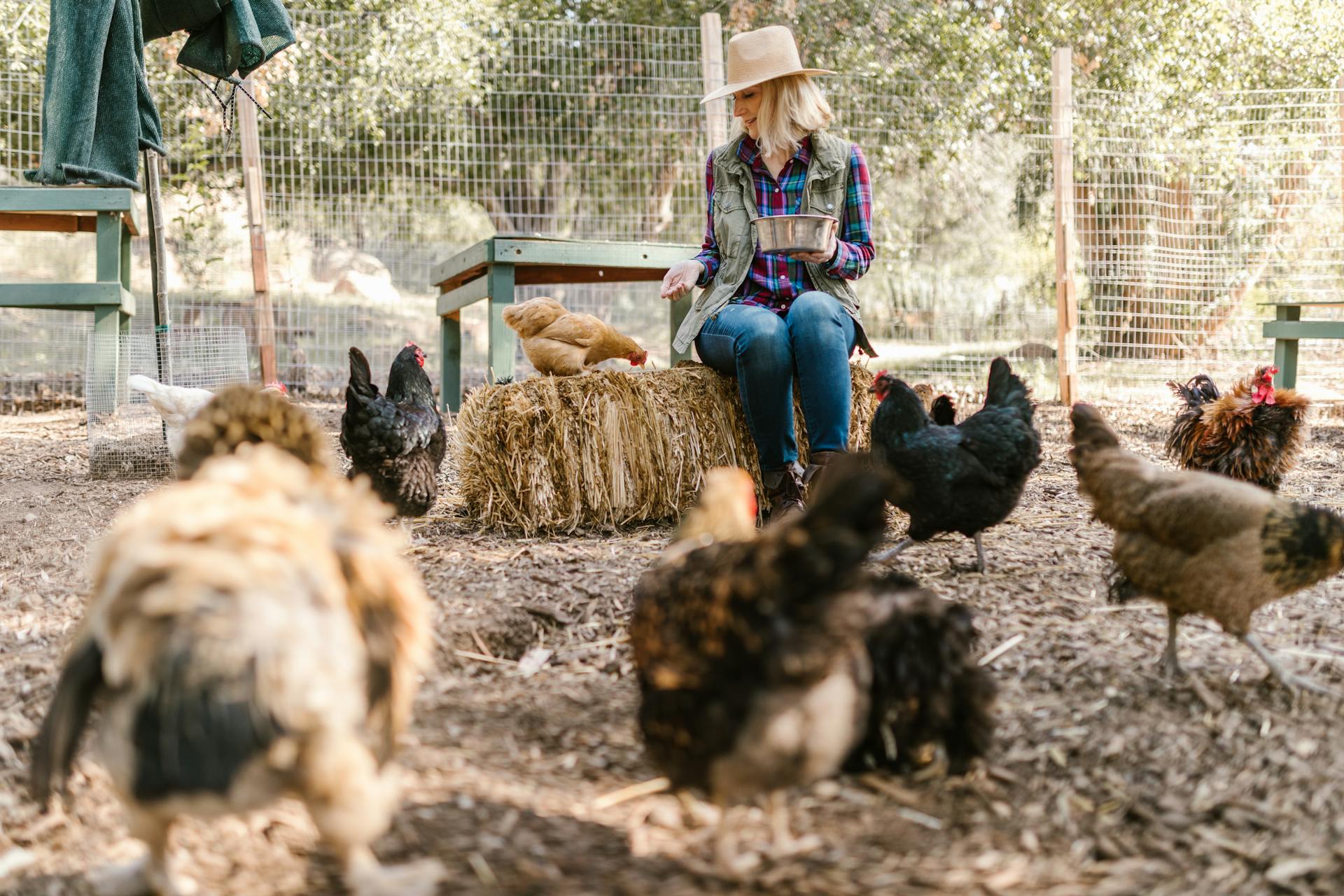
We have discussed having backyard chickens in our previous blogs; Top Chicken Coop Planning Tips, Your Best Chicken Coop Type, and Start Your Own Mini-Farm. Today, we want to discuss the pros and cons and the economics of having laying hens.
Why Raise Laying Hens
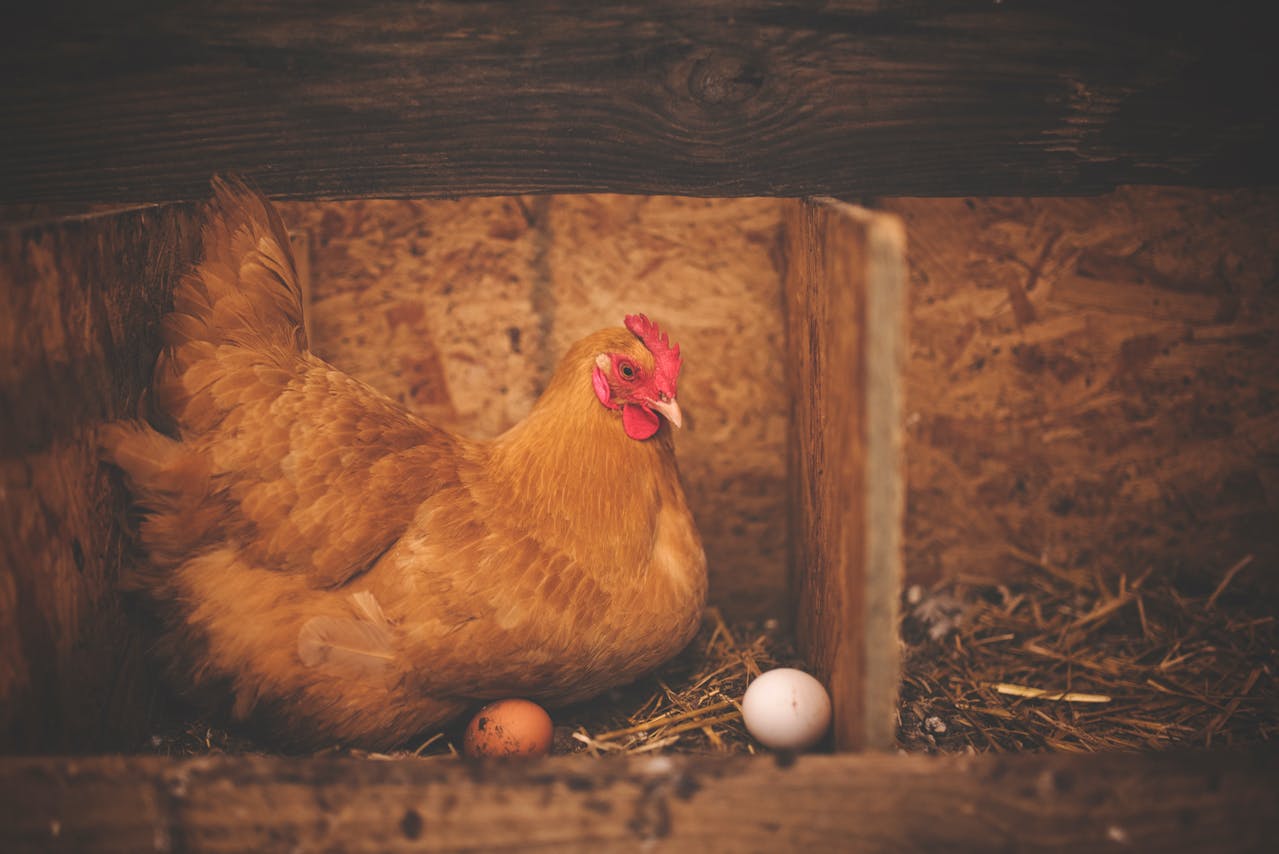
There are several reasons you might want to raise laying hens. Let’s take a look at why you would want to take on having laying hens:
- Laying hens can become a good source of income for eggs and also to sell laying hens
- Raising backyard chickens can be a rewarding experience
- Having backyard chickens can teach your children about nature, agriculture, food sources, and the responsibility of taking care of animals
- Provides a source of high-quality eggs, that can be organic
Deciding whether to raise laying hens depends on your family’s lifestyle, available space, and the time you have to devote to taking care of the chickens. Hens begin laying at about six months and can continue for five to 10 years, with their best production happening in the first two years. So, if this is going to be a continuous source of eggs or meat, you need to decide whether you want a rooster or if you will buy new chicks every few years.
The Positive Reasons for Having Backyard Eggs
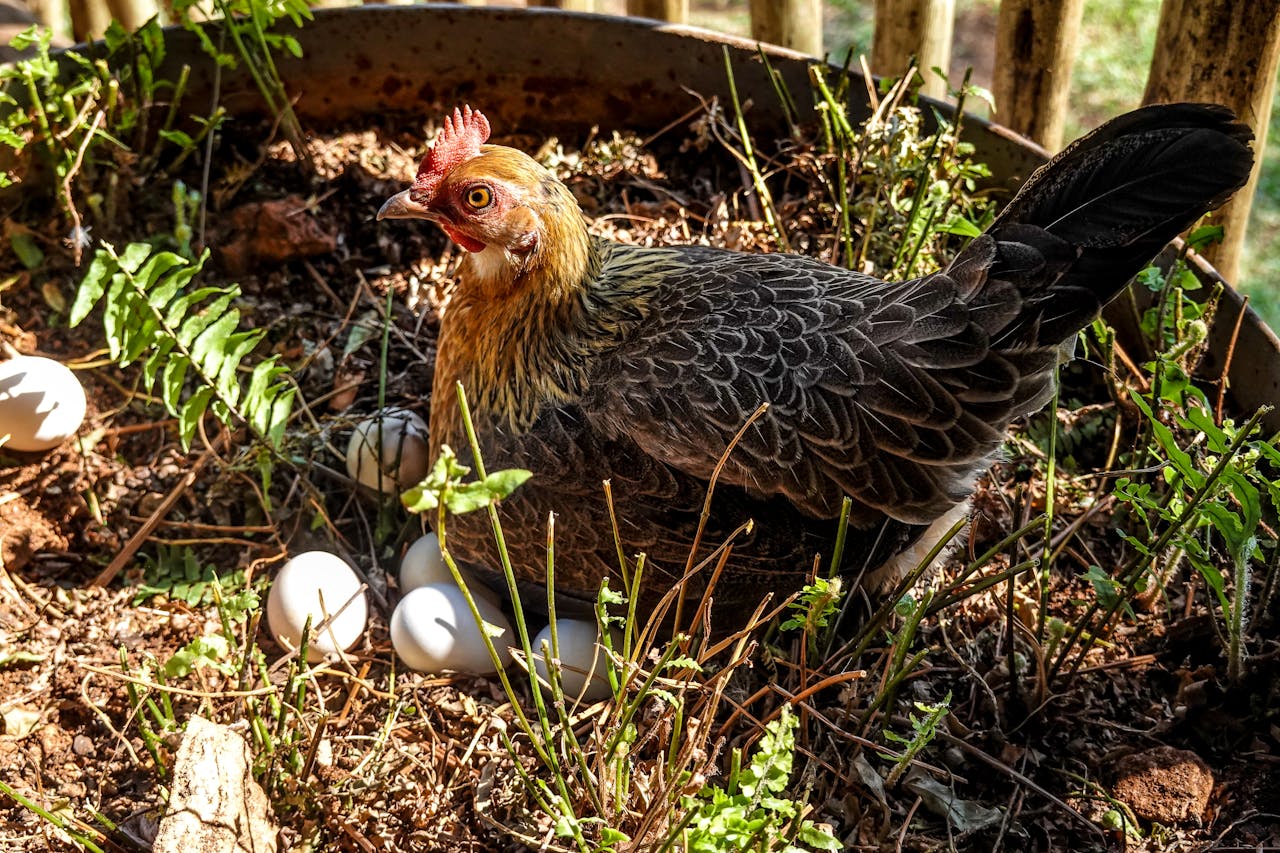
I was the chicken leader for our local 4-H for years, and I was able to see firsthand the positive reasons for raising laying hens. Here are some good reasons for having laying hens:
- You have a source of high-quality eggs: Backyard chickens offer a source of fresh eggs that are often tastier.
- Laying hens gives you food self-sufficiency: Having laying hens reduces your reliance on grocery stores and allows for a more sustainable source of food for your family.
- Laying hens offer pest control: Chickens can help control garden pests such as insects and ticks.
- Compost for your garden: Chicken manure is one of the best natural fertilizers for your garden, especially your vegetable garden.
- Adds to your children’s education: Raising laying hens can be a good way to teach your children about nature, food sources, agriculture, and animal responsibility.
- Saves you money on eggs: The economics of laying hens is really good and produces much less expensive eggs than store-bought eggs at a national average at this time of $5.90 a dozen, depending on where you live.
A 50-pound bag of chicken feed will last 10-12 laying hens for about 3-4 weeks at an average cost of $18 a bag. Given that you would get about 12-18 eggs a day from 12 chickens or 9000 eggs at the rate of 250 eggs a year, dependent on breed and conditions. You need to figure in the cost of a coop, buying chicks or laying hens, bedding, and such over time, but the economics are still really robust. Your breakeven price is around $8-10 a dozen. Over time, the margins improve even more.
The Negatives of Raising Laying Hens
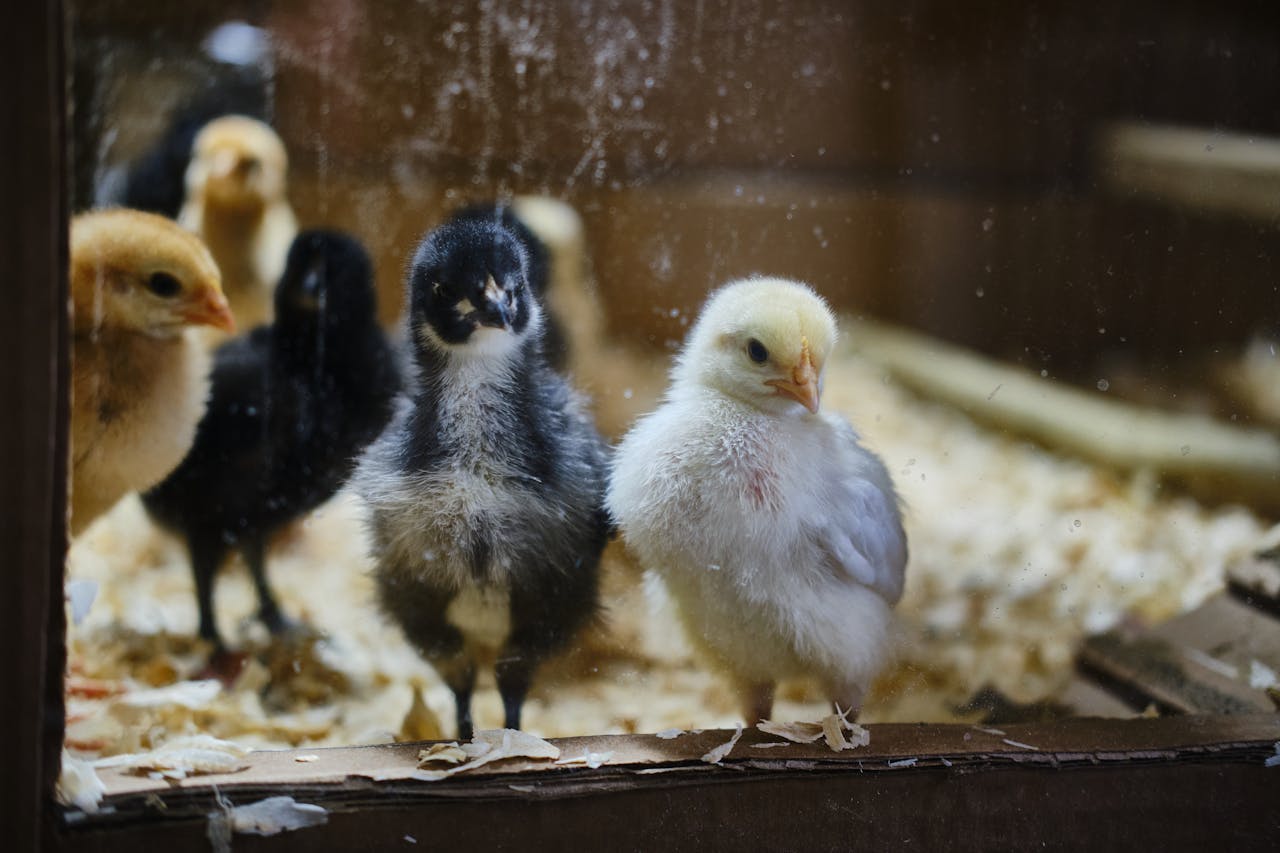
There are a few downsides to raising laying hens. We don’t think they outweigh the positives, but these factors are important to consider before building a coop or buying chicks:
- It does take time: Chickens require daily care, such as feeding, watering, cleaning, bedding changes, and collecting eggs.
- Varmint and predator risk: Chickens and laying hens are a tasty meal for many varmints and predators. In our other blogs, we discuss making a chicken coop varmint and predator-proof.
- Initial cost: Building or setting up a coop, chicken run, purchasing chicks or laying hens, feed, and equipment can be costly. As a DIY builder, the cost will be less and it’s a fun project.
- Space for a coop: Chickens need adequate space both inside the coop, laying beds, and an outdoor protected run, which might not be feasible for all homes or CCRs in your neighborhood.
- Mess or odor: Chicken coops and runs can become messy and smell if not properly maintained. One of the reason for small coops we suggest having your coop on wheels so it can be moved around your yard and the compost harvested and used in your garden.
What to Evaluate Before Starting
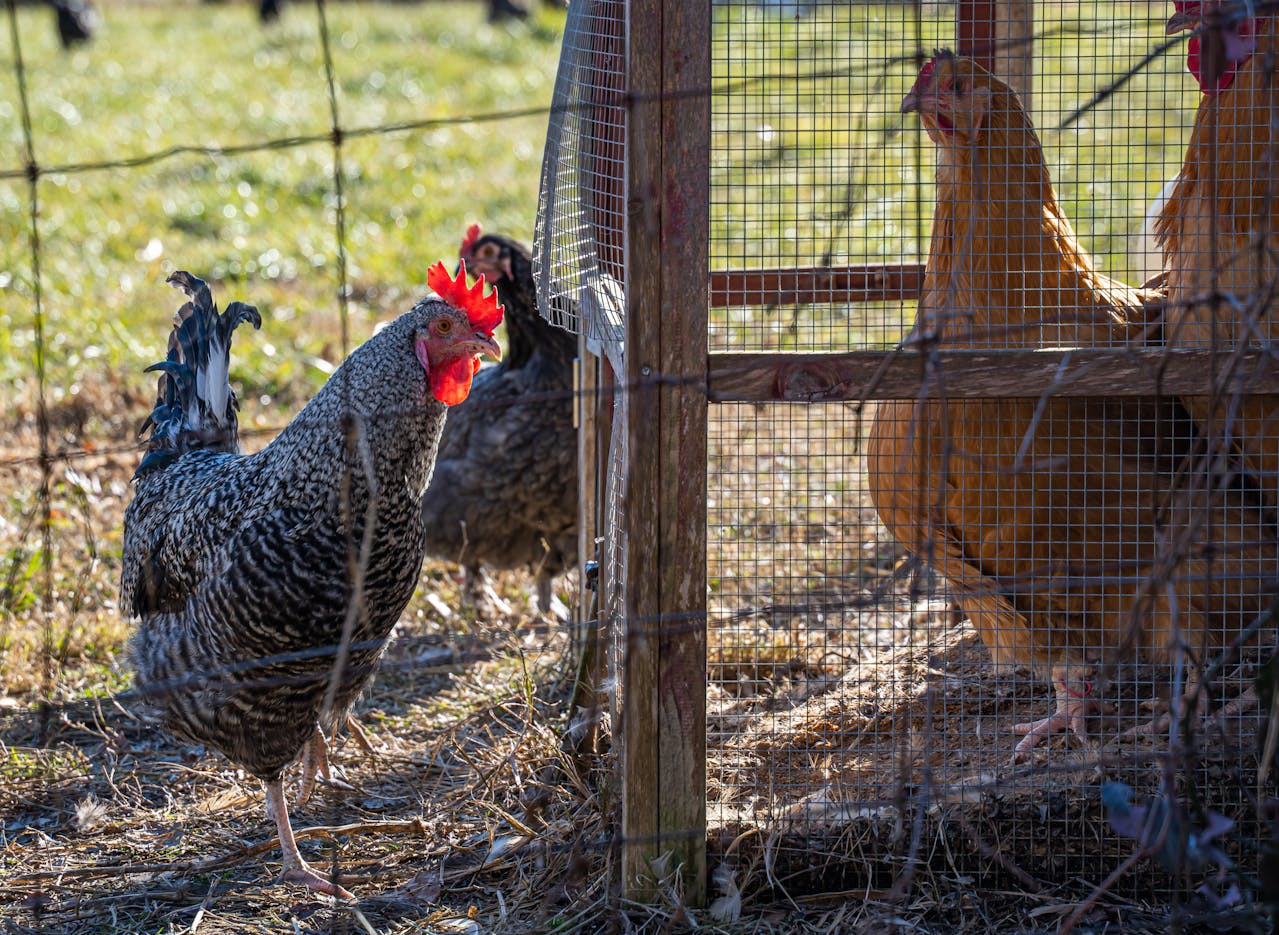
There are several factors to take into account above, but also some groundwork you can do to lessen your learning curve while deciding if having laying hens is the best choice for your family:
- Research: Research the different chicken breeds, their temperaments, and egg-laying capacity. All of these factors vary from breed to breed.
- Check CCRs and local ordinances: Make sure raisng chickens is allowed in your area. If you are rural, this usually isn’t a question, but if you live in a suburban area or a development there could be rules about poultry, livestock, and growing vegetables.
- Take into account your family’s lifestyle: Do you have the time, interest, and finances to have backyard chickens?
We had mainly Rhode Island Reds for our laying hens. They were hardy and produced an amazing number of eggs. White Leghorns, Austrlops, and Plymouth Rocks are also good egg producers. I still remember how much fun our children had gathering eggs each morning. They would come into the house with their basket of eggs and say, “Breakfast is here!”
Take a look at our chicken coop window page for more advice about planning for backyard laying hens. Also, at Shed Windows and More, we have an outstanding selection of chicken coop windows to choose from. You may also want to view our Customer Gallery page for inspiration on building your own chicken coop. Chicken coops are great DIY projects the entire family can participate in.



